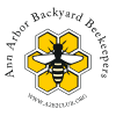|
This check was all about increasing the size of the colony so that all of those bees can make us honey! What we first noticed however, was that the pretty, gabled Flow Hive outer cover had leaked and that there was pooled water on the inner cover. :( This seems to be a common issue with the Flow Hive outer covers and I no longer use the peaked covers for my personal Flow Hives. So we ended up replacing the outer cover with a more standard telescoping cover, but had to add a spacer because the telescoping covers will get caught on the knobs of the Flow Hive super. The other important task we accomplished was adding a third deep brood box filled with comb to the hive as it looked about ready to explode in population with many full frames of capped brood. Just for good measure, we found the queen and placed her in that new top box with 2 frames of brood so she could see all the space she now has to lay in. We also did a mite check using the alcohol wash method and found 2 mites/300 bees which is less than 1%, so no treatment was necessary at this time. Plan for the next check: 1. Check for eggs to make sure hive is still queenright. 2. Mite Check to keep an eye on mite levels so that they don't get out of hand. 3. Check the Flow Hive super to see if we are ready to harvest! The next Flow Hive Team check will be on Sunday, June 19th, 2022 at 10am in the A2B2 Teaching Apiary at Matthaei Botanical Gardens. Hope you can bee there! If you would like to join the A2B2 Flow Hive Team or would like to know more about the Flow Hive in general, please contact Jen Haeger at [email protected].
0 Comments
Leave a Reply. |
What is a Flow Hive?
A Flow Hive is a Langstroth-style hive system with plastic frames which allow honey to be harvested directly from the hive. www.honeyflow.com/pages/how-flow-works Archives
May 2024
Categories |

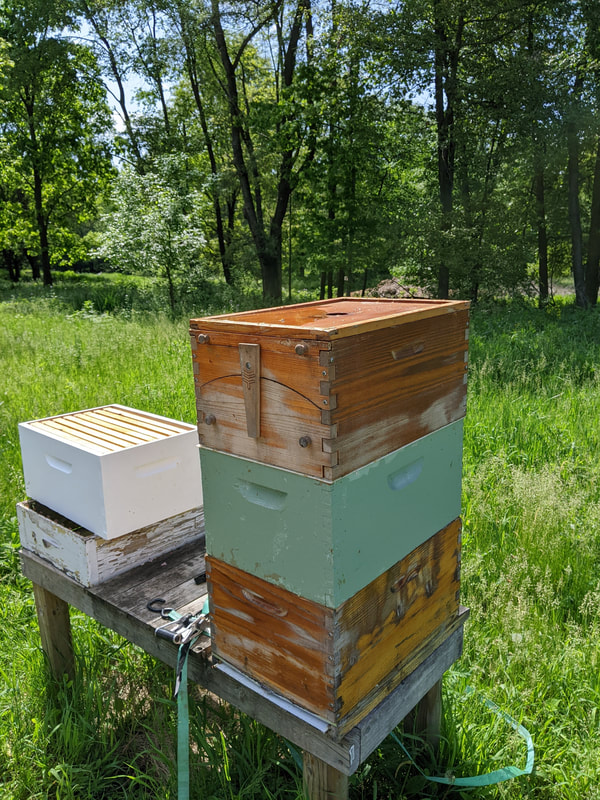
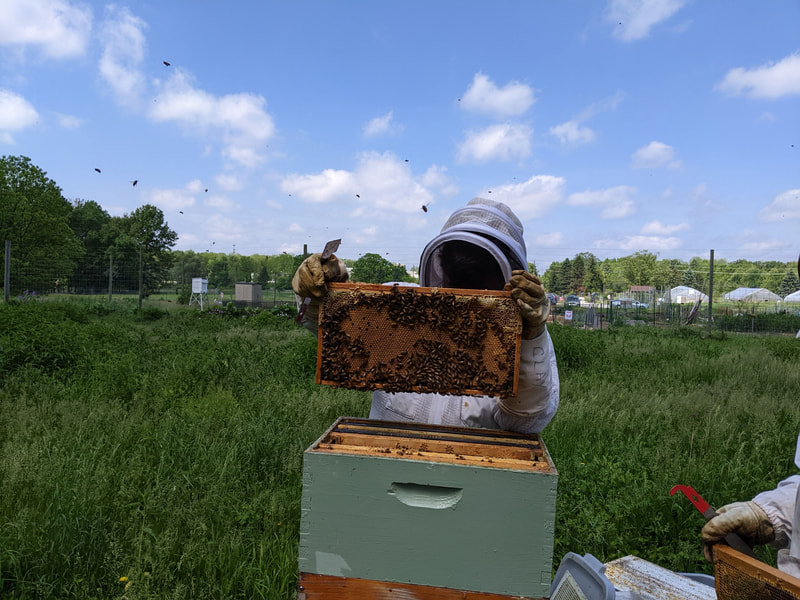
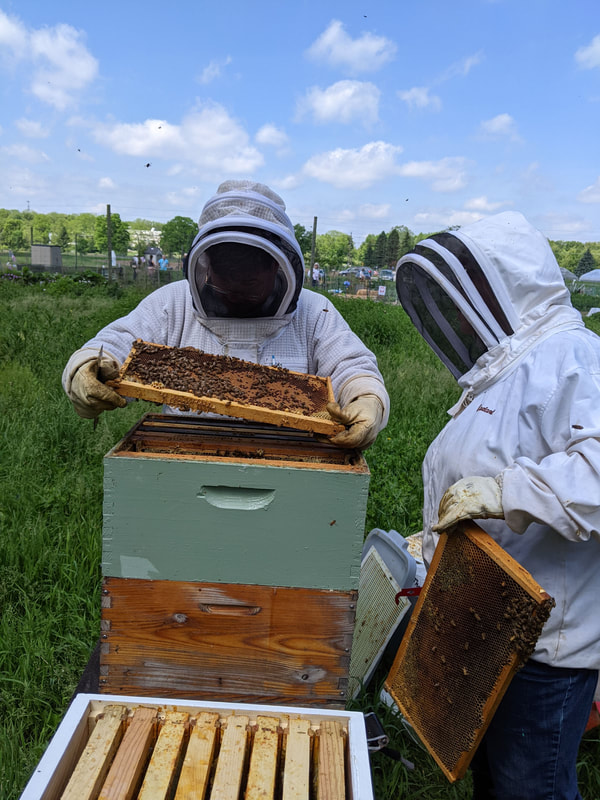
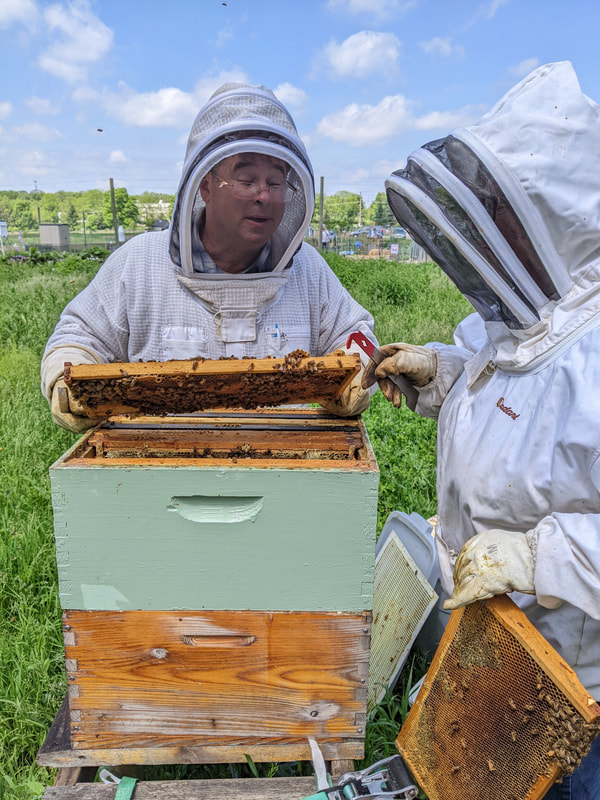
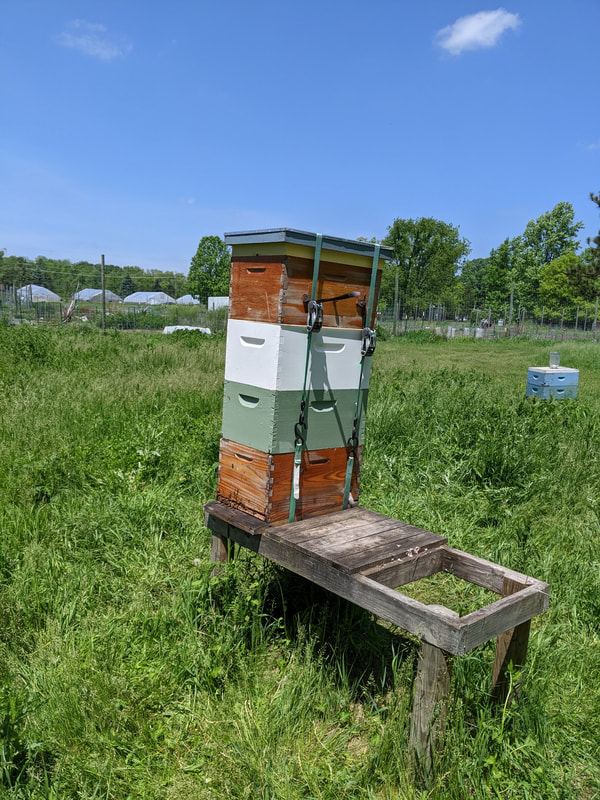
 RSS Feed
RSS Feed
